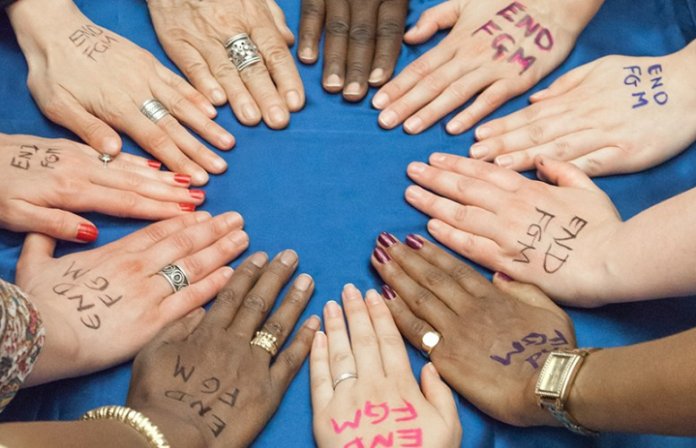Sixth in a series by John Coonrod, PhD, for #16Days of Activism Against Gender-based Violence. Updated 2022
According to the World Health Organization, “Female genital mutilation (FGM) is a traditional harmful practice that involves the partial or total removal of external female genitalia or other injury to female genital organs for non-medical reasons.”
WHO estimates that more than 200 million girls and women alive today have undergone FGM in the countries where the practice is concentrated. In addition, every year, an estimated 3 million girls are at risk of undergoing FGM, the majority of whom are cut before they turn 15 years old.
As part of the Sustainable Development Goals, the global community has set a target to abandon the practice of female genital mutilation by the year 2030.
In September 2022, Unicef and UNFPA published the 2021 Annual Report on of the FGM Joint Programme. This report highlights achievements made in 2021 and the overall performance analysis of Phase III (2018 – 2021). It outlines the challenges and opportunities in the efforts led by UNFPA and UNICEF to eliminate female genital mutilation (FGM) and showcases the programme’s commitment to shifting approaches, creating positive impacts, and contributing to the 2022-2025 strategic plans for both organizations.
Tostan, one of the founding members of the Movement for Community-led Development is well respected for its pioneering work on its community-led approach to addressing the complex cultural and behavioral changes required to eliminate Female Genital Cutting. In an interview with Kenya-born community activist and FGM survivor Naima Dido. She says, “I believe in the power of change being community-led and dignity-centered, such as the approach used by Tostan. By using a human rights-based approach, Tostan puts emphasis on respecting and including everyone in the community, engaging not only women and girls but also men, elders, and religious leaders.”


